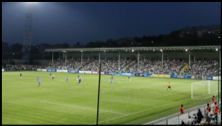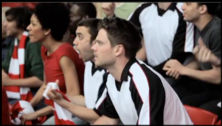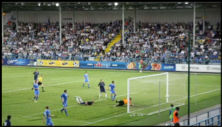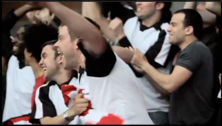EDITING THEORY




A summary of the four shots is as follows:
1) Wide shot of the game
2) Fan looks on hopefully.
3) Team scores goal.
Fan reacts with excitement.
By now you should be asking: how did one camera operator get all four shots? How could he film the goal—and the man's reaction to the goal—at the same time? The answer reveals the secret editing trick behind nearly everything you see on television (and in the movies).
The trick is that the four shots were filmed at different times. The editor then pieced them together to make it look like there was a seamless flow.
Shots 1 and 3 were filmed in the first half of the game. But shots 2 and 4 were filmed in the second half. In shot 4, the fan was reacting to an entirely different goal!
The camera operator spent the early part of the game shooting action on the field, and the latter part shooting the crowd's reactions.
The editor then spliced together the shots to create a continuous flow.
Again, to be clear, shot 4 was not a reaction to the goal in shot 3 (as it appears). In the next chapter, we will expand on this incredibly powerful tool for storytelling.
1
2
3
4
With no ads, no streaming, higher-quality video, and downloadable practice clips.


